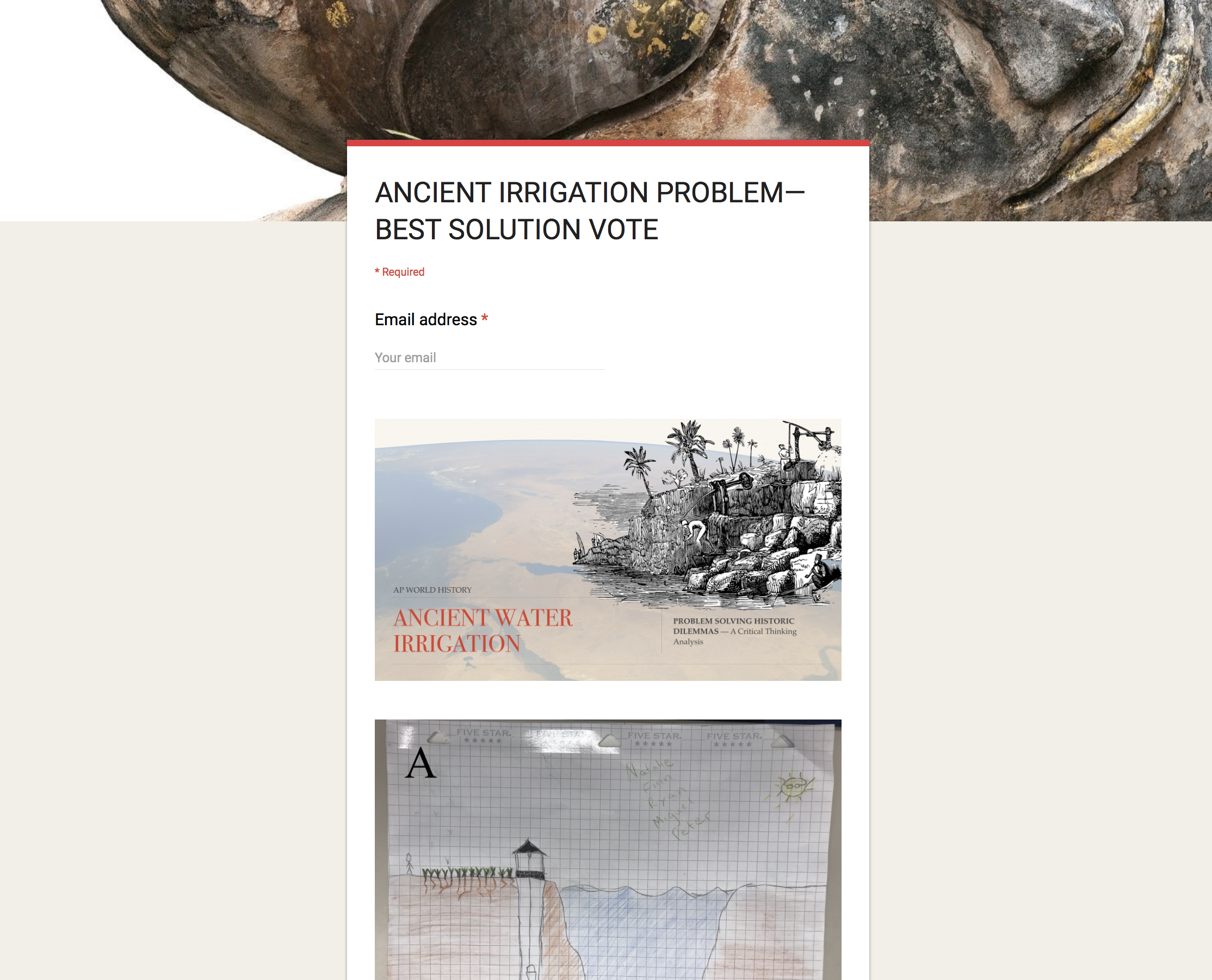ASSESSING CREATIVITY: A REFLECTION ON GRADING MAKER PROJECTS
“How am I going to grade this?” That was the first thought that came to mind once the creative and fun designs lay on my desk. This was the first time I used a Design and Making activity in my AP World History class. I was so excited and eager to design and implement this activity in my class that I hadn’t considered how I was going to assess the students’ work.
Since this was primarily a creative thinking assignment, I wasn’t sure how precisely I would evaluate and assign grades to each of these collaborative solutions to my Ancient Irrigation PBL activity. As an aside, if you’d like to read about the actual activity and my first attempt at a maker assignment, see this reflection on my first implementation of this activity.
Honestly, I had no idea how to effectively and fairly judge and assign grades to these students. I knew implicitly that some of the activities were more creative and better designed. But it seemed wrong to assign a mark that might affect their overall grade in the course. But upon reflection and after reading Grant Wiggins’ (2012) thoughts on grading creativity, I realized that I had already assessed these students’ work. I feared to assign grades because I felt my reasoning was “squishy” and based on a “gut instinct.” How would I explain a low mark to a disgruntled student or parent other than “I know creativity when I see it?” Grant Wiggins (2012) provides an excellent rubric for assessing creativity right here, and I will certainly be using it! In his post explaining the rationale behind assessing creativity, Grant argues that “It is vital when asking students to perform or produce that you are crystal-clear on the purpose of the task, and that you state the purpose…to make clear that the purpose is to cause an intrinsic effect, not please the teacher…” (Wiggins, 2012). The design process and creation must be assessed, and thus, in the case of my PBL activity, the creativity of the solutions must be assessed.
But in addition to the above rubric, I also provided opportunities for students to self and peer-assess their projects. As the students collaborated, I walked around the room and asked them to question what obstacles their designs might face and how well-thought through were their solutions. This formative assessment gave students permission to question their own work and ponder how it might be improved. These sorts of assessments are vital to learning.
At the end of the project, I took pictures of each of the projects and created a Google form that anonymously asked which design was most creative and which design was most likely to work in the real world. This low stakes peer-assessment facilitated a group discussion on why the common class voted in the way that they did.

The Google Form for peer-assessment of the AP World PBL
These types of assessments are supported by the ultimate goals of teaching innovatively and creatively. Under the old vanguard of “Skill and Drill,” the “Test-Prep Academies” lecture, memorize, and assess rot memorization. But as James Gee (2010) so insightfully observes, “Words are tools for problem-solving, they’re not just facts to do trivial pursuit with” (Gee, 2010). The terminology and information of a subject are important, but not necessarily intrinsically. That information has a utility for some other purpose. As a whole, that purpose is thinking creatively, problem-solving, creating, and designing. To that end, assessing creativity is vital to forming students into the innovators of tomorrow.
But this raises more specific questions related to my own discipline. What is the purpose of a Social Science class? Science and Engineering seem apparent, but less so for Language Arts and the Social Sciences. I am convinced, however, that a cross-curricular “renaissance” in education is coming. As observed by Eric Isselhardt (2013) concerning Green Street Academy, creating cross-collaboration through varying disciplines in well-designed PBL projects is the way forward. Rather than looking at one’s class as an island, having teachers create “a comprehensive, cross-curricular, common-core-derived standards map” that facilitates designed projects that span multiple courses is genuinely transformative (Isselhardt, 2013). I want to explore this teaching design with my own team. Like Green Street, my own school serves an urban and academically underperforming community. If this creative approach worked for them, there is no reason it would not work for us.
Assessing creativity and cross-curricular design and maker projects is the future of education and I, for one, am excited.
References
Gee, J. P. (2010, July 20). James Paul Gee on Grading with Games. Retrieved August 15, 2018, from https://www.youtube.com/watch?v=JU3pwCD-ey0
Isslehardt, E. (2013, February 11). Creating Schoolwide PBL Aligned to Common Core [Web log comment]. Retrieved from http://www.edutopia.org/blog/PBL-aligned-to-common-core-eric-isslehardt
Wiggins, G. (2012, February 3). On assessing for creativity: yes you can, and yes you should. [Web log comment]. Retrieved from http://grantwiggins.wordpress.com/2012/02/03/on-assessing-for-creativity-yes-you-can-and-yes-you-should/

